


Reading for Learning W hy ? Most individuals set much lower expectations for what they learn during reading than is actually possible. The reading process can be closely connected to the learning process and thus the quality and depth of knowledge construction can be impressive when reading. Every day we read for learn- ing and are satisfjed with merely gathering information, when in fact we could be quickly applying the increased knowledge that can result from reading for learning into our lives. L earning O bjectives 1. Integration of fjve components in a quality learning environment: Reading Methodology, Learning Process Methodology, Levels of Knowledge Clarity, Cognitive Domain Learning Skills, and Levels of Learner Knowledge. 2. Link the steps of the Reading Methodology to the steps of the Learning Process Methodology 3. Using a Reading Log to increase the performance in reading for learning P erfOrmance c riteria 1. Produce a very effective reading performance a. Comprehensive Reading Log documenting every step of the reading process b. High-quality inquiry questions that produce signifjcant understanding and meaning c. Summary and integration of new knowledge is contextualized in your life r esOurces Reading Log (from the Student Success Toolbox ) Levels of Knowledge Clarity, Expanded Reading Methodology, Learning Process Methodology Readings: Reading Methodology ( Foundations of Learning , pages 62 – 70) Levels of Learner Knowledge ( Foundations of Learning , pages 102 – 103) Listing of Learning Skills ( Foundations of Learning , Appendix B, Cognitive Domain) P Lan 1. Read pages 62 through 70 (about the Reading Methodology), Appendix B (about the Classifjcation of Learning Skills, paying special attention to skills in the Cognitive Domain), and 102 through 103 (Levels of Learner Knowledge) from Foundations of Learning . 2. Review the Expanded Reading Methodology, the Learning Process Methodology, and the Levels of Knowledge Clarity (contained within this activity). 3. Answer the Critical Thinking Questions.
c riticaL t hinking Q uestiOns 1. What are the steps in learning (from the Learning Process Methodology) and what are the steps in reading (from the Expanded Reading Methodology)? 2. Where would you place the content of each step of the Expanded Reading Methodology on the Reading Log? 3. Which steps of the Learning Process Methodology correspond to each Level of Learner Knowledge? 4. Which learning skills (from the Cognitive Domain only ) will enhance the quality of knowledge construction at each Level of Learner Knowledge? 5. Which steps in the Learning Process Methodology link to each step of the Expanded Reading Methodology?
6. What percentage of total reading time should be spent for each step of the Expanded Reading Methodol- ogy in order to shift the Clarity of Knowledge from “In the Dark” to “Crystal Clear”? 7. Which steps of the Expanded Reading Methodology do you fjnd are not very effective for producing quality learning? Why? 8. Why do learners not use reading for learning, but only for awareness? h OmeWOrk Apply the Expanded Reading Methodology by fjlling out a Reading Log, based on the readings from Foundations of Learning (Step 1 of the Plan for this activity). e nd Of a ctivity
L eveLs Of k nOWLedge c Larity In the Dark Muddy Foggy Hazy Nearly Clear Crystal Clear less more e xPanded r eading m ethOdOLOgy Step 1 Purpose Step 2 Learning Objectives Step 3 Performance Criteria Step 4 Time Step 5 Vocabulary Step 6 Outline Step 7 Quick Read Step 8 Inquiry Questions Step 9 Comprehensive Read Step 10 Synthesis Step 11 Integration Step 12 Assessment of Reading for Learning L earning P rOcess m ethOdOLOgy Step 1 Why Step 2 Orientation Step 3 Prerequisites Step 4 Learning Objectives Step 5 Performance Criteria Step 6 Vocabulary Step 7 Information Step 8 Plan Step 9 Models Step 10 Thinking Critically Step 11 Transfer/Application Step 12 Problem Solving Step 13 Self-Assessment Step 14 Research
Recommend
More recommend